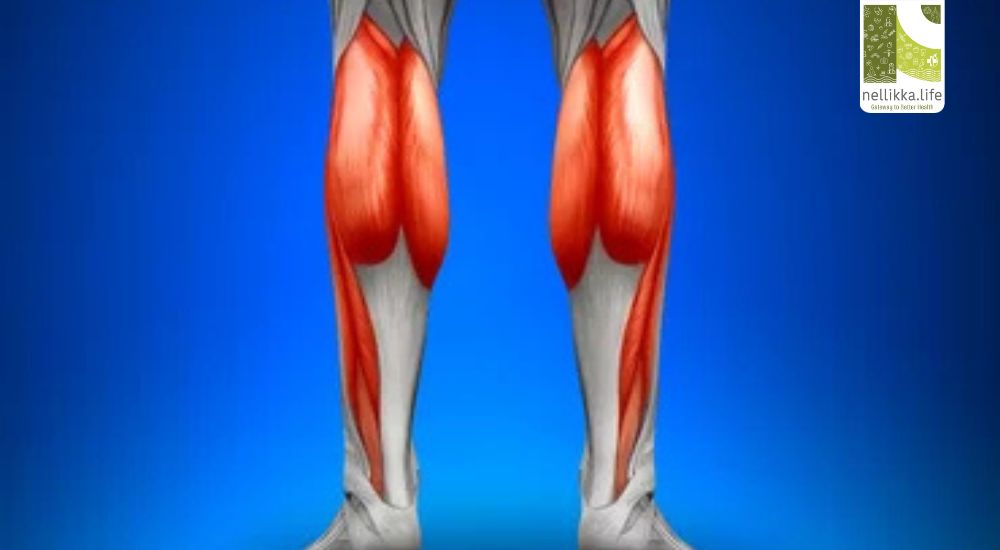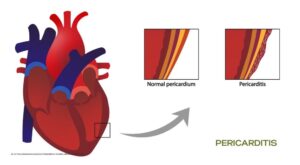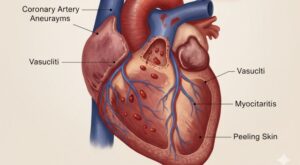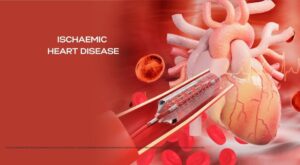Calf Muscles – The Heart’s Silent Partner in Circulation

When we think of heart health, our focus often shifts to the heart muscle itself — the organ tirelessly pumping blood through our body. But the story of circulation is not complete without acknowledging a lesser-known hero: the calf muscles. Often called the “peripheral heart” or “second heart”, your calves play a crucial role in keeping blood moving efficiently, especially from the legs back to the heart.
The Calf Muscle Pump – How It Works
The calf muscles — mainly the gastrocnemius and soleus — are located at the back of your lower leg. When these muscles contract during walking, running, or even simple ankle flexing, they compress the deep veins in the legs, pushing blood upward against gravity toward the heart. This process is known as the calf muscle pump.
Key elements of this mechanism:
- One-way venous valves prevent backflow, ensuring blood moves only upward.
- Muscle contractions act like a rhythmic squeeze on the veins, propelling blood toward the heart.
- Relaxation phases allow the veins to refill with blood from the feet and ankles.
Without an effective calf pump, blood can pool in the lower limbs, leading to swelling, discomfort, and increased cardiovascular strain.
Why Calf Muscles Matter for Heart Health
1. Reducing Venous Stasis
Poor calf muscle activity can cause venous stasis — a condition where blood pools in the veins, raising the risk of deep vein thrombosis (DVT) and chronic venous insufficiency. These conditions not only affect the legs but can have serious cardiac implications if a clot travels to the lungs (pulmonary embolism) or increases strain on the heart.
2. Maintaining Optimal Circulation
A well-functioning calf pump assists the heart by reducing the workload required to return blood from the lower body. This can improve cardiac efficiency, particularly important for people with heart failure or reduced ejection fraction.
3. Supporting Blood Pressure Regulation
The calf muscles play a part in maintaining adequate venous return and cardiac preload (the amount of blood entering the heart before it contracts). Insufficient calf activity can lead to orthostatic hypotension — a sudden drop in blood pressure upon standing — which may cause dizziness, fainting, and falls.
4. Enhancing Exercise Tolerance
In heart disease patients, strengthening calf muscles can improve oxygen delivery during activity. Strong calves help maintain stable circulation, reducing fatigue and breathlessness.
When the Calf Pump Fails
Calf muscle pump failure can occur due to:
- Sedentary lifestyle
- Prolonged standing or sitting (e.g., desk jobs, long flights)
- Neurological conditions (stroke, peripheral neuropathy)
- Muscle atrophy from aging or immobilization
- Venous valve damage from previous DVT or trauma
This failure can lead to chronic swelling, varicose veins, skin changes, and in severe cases, venous ulcers — all of which indirectly increase cardiovascular strain.
Keeping Your Calf Muscles (and Heart) Strong
1. Daily Walking
Even 30 minutes of brisk walking can activate the calf pump effectively.
2. Heel Raises
Simple standing heel lifts improve muscle tone and venous return.
3. Ankle Pumps
Especially useful for those on bed rest or long flights — flex and point your toes repeatedly to engage the calf.
4. Leg Strength Training
Incorporating calf raises, step-ups, and skipping can enhance both muscular endurance and vascular health.
5. Compression Stockings
For individuals with venous insufficiency, compression garments can aid in counteracting gravity’s pull and supporting circulation.
The Takeaway
Your calves are more than just muscles for walking or climbing stairs — they are vital partners to your heart in sustaining healthy blood flow. By keeping your calf muscles active and strong, you not only support leg health but also reduce cardiac strain, improve circulation efficiency, and safeguard against potentially serious vascular complications.
In essence:
Healthy calves = a happier, less stressed heart.




